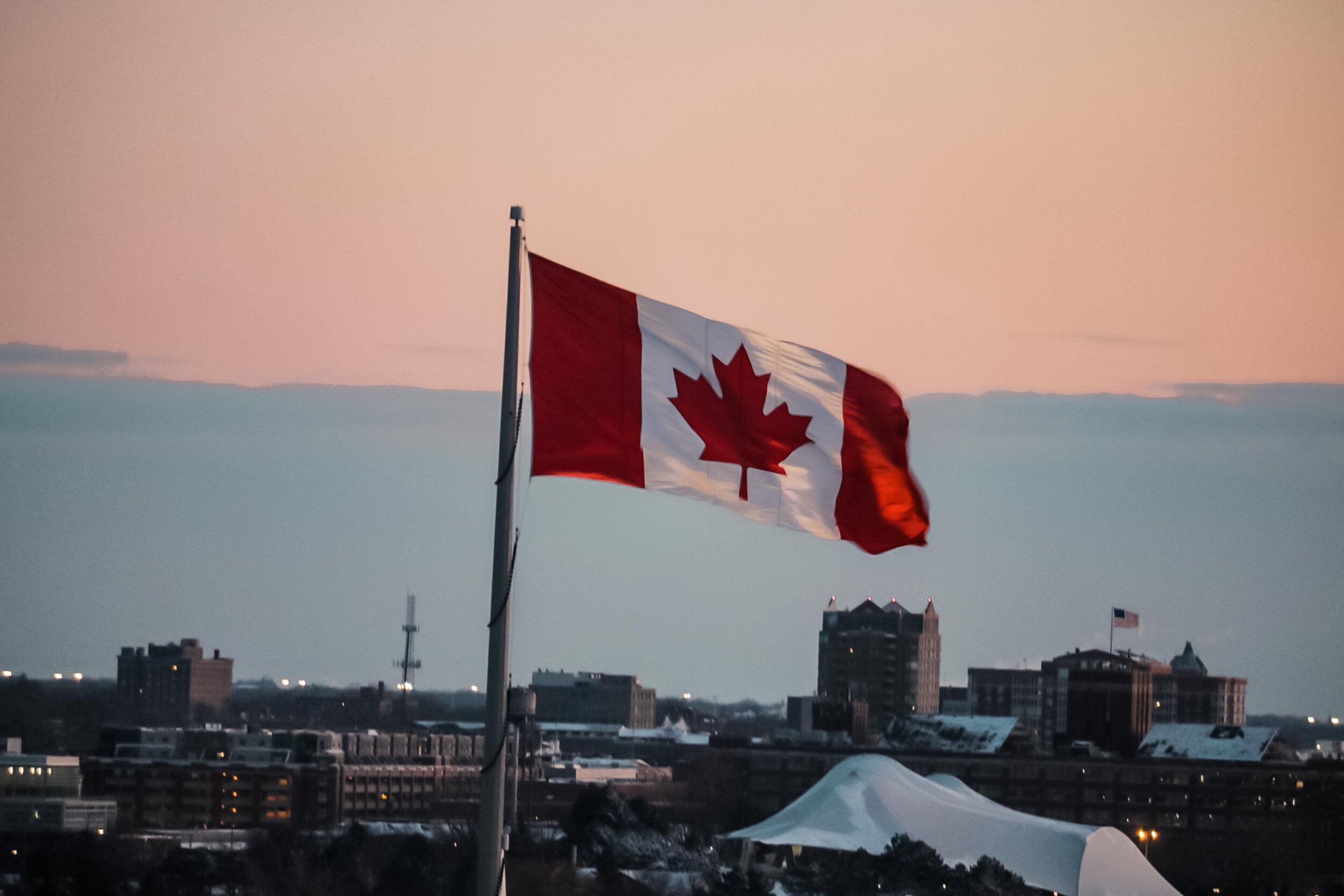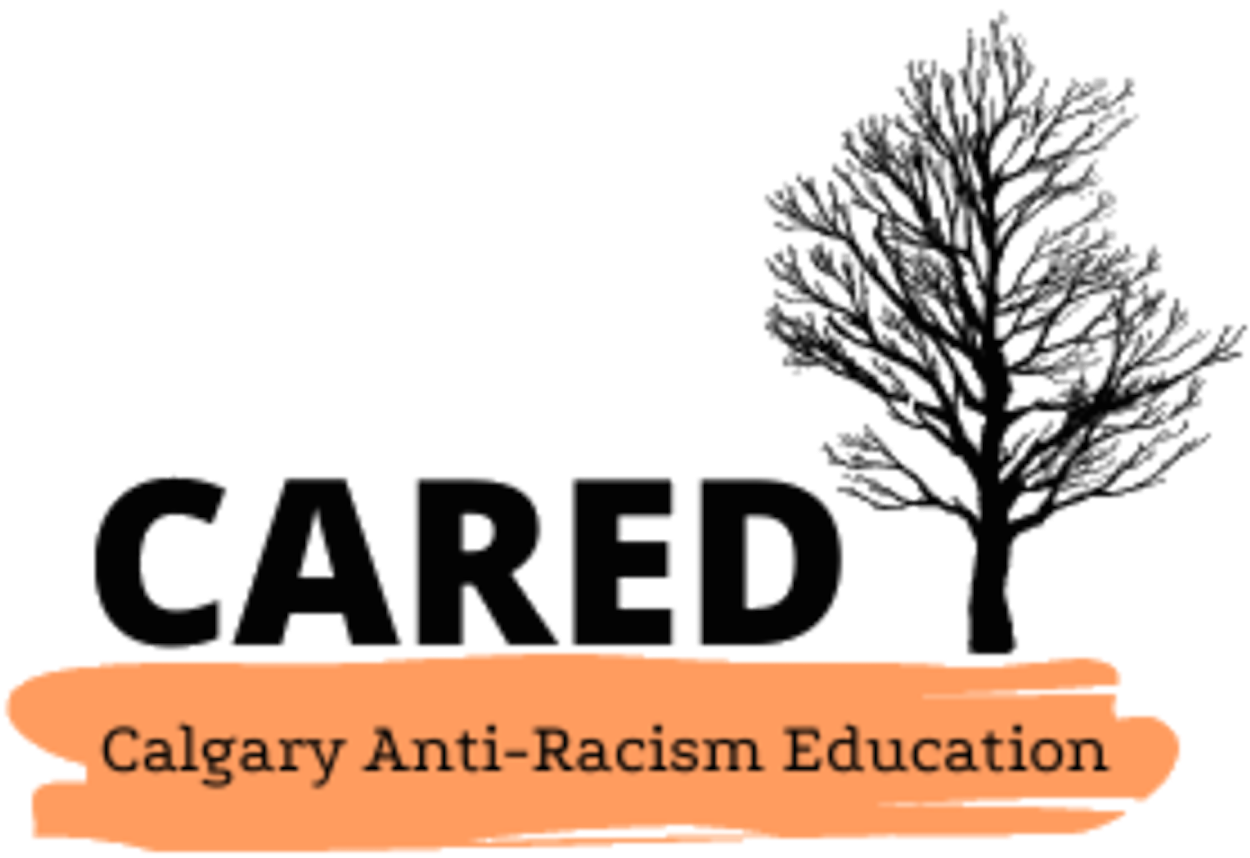
Strategies of Liberal Racism
"My schooling gave me no training in seeing myself as an oppressor, as an unfairly advantaged person, or as a participant in a damaged culture. I was taught to see myself as an individual whose moral state depended on her individual moral will" (McIntosh, 1997, p. 292).
In the West, what has become known as the "cult of individualism" has impacted us in such a way that it can be very difficult to understand anything outside of our own experience. We will often individualize situations rather than approach them with systemic analysis in mind (e.g., the preference for seeing racism as isolated, overt, or an extreme incident such as racial epithets, rather than an ongoing and often unintentional set of attitudes that lead to structures of domination). Individualism fosters a belief that everyone is free to choose, that our destiny is within our own control and that choice, determination, "pulling oneself up by one's boot straps," are all individually determined and ultimately achievable despite social, economic, racial and cultural circumstances.
"Canadians have a deep attachment to the assumption that in a democratic society individuals are rewarded solely on the basis of their individual merit and that no one group is singled out for discrimination. Consistent with these liberal, democratic values is the assumption that physical differences such as skin colour are irrelevant in determining one’s status. ... While lip service is paid to the need to ensure equality in a pluralistic society, most Canadian individuals, organizations, and institutions are far more committed to maintaining or increasing their own power" (Henry & Tator, 2006, pp. 2-3).
What is Liberal Racism?
Liberalism is distinguished by a set of beliefs that includes, among other ideals: the primacy of individual rights over collective or group rights; the power of (one) truth, tradition, and history; an appeal to universalism; the sacredness of the principle of freedom of expression; and a commitment to human rights and equality. But as many scholars observe, liberalism is full of paradoxes and contradictions and assumes different meanings, depending on one’s social location and angle of vision (Hall, 1986; Goldberg, 1993; Apple, 1993; Winant, 1997). Bikhu Parekh argues that liberalism “is both egalitarian and inegalitarian” (1986, p. 82). It simultaneously supports the unity of humankind and the hierarchy of cultures. It is both tolerant and intolerant (Henry & Tator, 2006, p. 28).
One common way that liberal racism shows up is through the Burden of Representation. It manifests as follows:
One minority individual is assumed to represent his or her entire cultural/racial group, usually combined with the assumption that this individual/culture is “traditional.”
A single creative (or critical) text (filmic, literary, etc.) is expected and assumed to represent an entire minority culture, or even to “contain culture” (with culture vaguely defined but assumed to be “traditional”).
The expectation of dominant culture that minority groups or individuals “teach” the dominant majority about the minority culture, the dominant culture's misperceptions, and racism. (e.g. the expectation that Indigenous representatives should teach people about all or specific Indigenous cultures and histories; the expectation that black individuals should teach non-blacks how to be anti-racist)
The expectation of dominant culture to receive affirmation from minority cultures that they are “not racist” or to “use” those in the less privileged position as proof that they are not racist ("I have a friend who is _____ therefore...")
When it comes to the representation of a particular group through some sort of medium that is external to the actual group/individual comes the issue of interpretation. Ann Marie Baldonado explains how, “[r]epresentations, then can never really be ‘natural’ depictions. ... Instead they are constructed images, images that need to be interrogated for their ideological content. ... If there is always an element of interpretation involved in representation, we must then note who may be doing the interpreting” On this subject, Ella Shohat asserts that “[e]ach filmic or academic utterance must be analyzed not only in terms of who represents but also in terms of who is being represented, for what purpose, at which historical moment, for which location, using which strategies, and in what tone of address” (Shohat, 1995, p. 173)
This questioning is particularly important when the representation of the subaltern (or marginalized) is involved. The problem does not rest solely with the fact that often marginalized groups do not hold the “power over representation” (Shohat, 1995, p. 170). It rests also in the fact that representations of these groups are both flawed and few in numbers. Shohat states that dominant groups need not preoccupy themselves too much with being adequately represented. There are so many different representations of dominant groups that negative images are seen as only part of the “natural diversity” of people. However, “representation of an underrepresented group is necessarily within the hermeneutics of domination, overcharged with allegorical significance” (Shohat, 1995, p. 170). The mass media tends to take representations of the subaltern (or marginalized) as allegorical, meaning that since representations of the marginalized are few, the few available are thought to be representative of all marginalized peoples. The few images are thought to be typical, sometimes not only of members of a particular minority group, but of all minorities in general.
"The denial of aesthetic representation to the subaltern has historically formed a corollary to the literal denial of economic, legal, and political representation. The struggle to ‘speak for oneself' cannot be separated from a history of being spoken for, from the struggle to speak and be heard" (Shohat, 1995, p. 173).
Strategies of Liberal Racism
There are several recognizable and frequently repeated strategies used in liberal racism that make anti-racism work difficult. Most of these strategies share common and overlapping processes: outright or masked denial, minimization, defensiveness and guilt.
Making invisible: Ignoring. Failing to recognize a person of colour or Indigenous person as a “regular” Canadian.
Claiming “reverse racism”: This term is sometimes used in relation to anti-racism initiatives, affirmative action, or equity policies that are actually designed to rectify the results of institutionalized racism by setting guidelines and establishing procedures for findings qualified applicants from all segments of the population. The term “reverse racism” is also sometimes used to describe the mistreatment that individual whites may have experienced at the hands of people of colour. The inaccuracy here is that we should not confuse racial prejudice and other forms of mistreatment experienced by whites at the hands of people of colour with racism — the concentration of power and privilege in our society that leads to the systematic and institutionalized mistreatment of people of colour. (Sherover-Marcuse, 1988, p. 2).
Fear of assertiveness: Hesitancy of white people to engage in confrontational or challenging dialogue with people of colour. The fear of making mistakes. Not holding people of colour as able. Fear of giving critical feedback to people of colour.
Denying differences: Comfort of white people around people of colour who talk and act most like white people.
Approval seeking: Being more “anti-racist” in the presence of people of colour. Wanting a pat on the back for positive action. “But special praise and rewards? For what? For recognizing people as equals and treating them like human beings? ... Is applause due to those white people who acknowledge [the existence of racism]? ... I’m sorry, but that’s like giving a man the Nobel Peace Prize because he doesn’t beat his wife” (Burton, 1994, p. 2).
Assuming things are better: Failure to recognize the perceptions of people of colour about current racial inequity. The belief that racial oppression existed in the past, not today, or somewhere else, not here.
Comparing oppressions: Denying or minimizing the impact of racism by suggesting that some forms of oppression are worse than or analogous to others – "I’m more oppressed than you are." "As a woman, I identify with your oppression."
Colour-blindness: Premise is that sameness is a compliment. “I don’t even think of you as black.” Espousing the liberal sentiment of “We’re all the same under the skin.”
Defining the other: Defining a person of colour and what their experience is. Inability to listen to and accept their experience.
Stereotyping: A fixed set of ideas often exaggerated and distorted. It is a mental picture that sees all members of a group as being the same. (Collins, 2006, p.39)
References:
Apple, M. (1993). Constructing the ‘other': Rightist reconstructions of common sense. In C. McCarthy and W. Crichlow (Eds.), Race, identity, and representation in education. New York and London: Routledge.
Baldonado, A. M. "Representation. 1996.
Burton, M. G. (1994). Never say Nigger again!: An antiracism guide for white liberals. Nashville, TN: James C. Winston Publishing Company.
Collins, M. (2006). Responding to Diversity. The Muttart Foundation.
Goldberg, D.S. (Ed.). (1990). The anatomy of racism. Minneapolis: University of Minnesota Press.
Hall, S. (1986). Variants of liberalism. In J. Donald and S. Hall (Eds.). Politics and ideology. Milton Keynes: Open University Press.
Henry, F., & Tator, C. (2006). The colour of democracy: Racism in Canadian society. 3rd Ed. Toronto, ON: Nelson.
McIntosh, P. (1997). A personal account of coming to see correspondences through work in women's studies. In R. Delagado, R. & J. Stefancic (Eds.), Critical white studies: Looking behind the mirror (pp. 291-299). Philadelphia: Temple University Press.
Parekh, B. (1986). The ‘new right' and the politics of nationhood. In The new right: Image and reality. London, UK: Runnymede Trust.
Sherover-Marcuse, R. Revised 7/88. “A Working Definition of Racism,” p. 2.
Shohat, E. (1995). The struggle over representation: Casting, coalitions and the politics of identification. In R. De La Campa, E. A. Kaplan, & M. Sprinkler (Eds.), Late imperial culture (pp.166-178). London, UK: Verso.
Winant, H. (1997). Behind blue eyes: Whiteness and contemporary U.S. racial politics. In M. Fine et al. (Eds.), Off white: Readings on race, power, and society (pp. 40-56). New York and London: Routledge.

